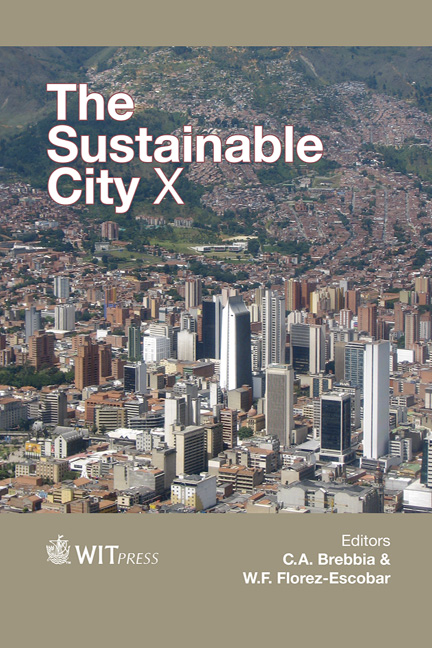Application Of Hydrogels On Highly Polluted Affluents: The Leachate
Price
Free (open access)
Transaction
Volume
194
Pages
10
Page Range
239 - 248
Published
2015
Size
575 kb
Paper DOI
10.2495/SC150221
Copyright
WIT Press
Author(s)
R. Cioffi, C. Ferone, G. Perillo, F. Sorrentino
Abstract
Hydrogels are a class of compounds formed of colloidal polymer chains of molecules dispersed in water, which have a high absorbent capacity and can be classified as biodegradable and biocompatible. The absorbent capacity of hydrogels is such that they can engage a quantity of liquid equal to approximately one thousand times their own weight. It is estimated, therefore, that one kilogram of this material can absorb up to one ton of water. In addition, hydrogels are able to change the physical appearance of the absorbed liquid by including its volatile components in their starting matrix so that the latter are immobilized and not dispersed into the atmosphere, which offers considerable advantages from the environmental point of view.
In a previous paper, applicative potentialities have been evaluated. In the present paper, not only molecular structure of the polymer and its reactivity with water have been investigated, but also its use in the environmental field. In fact, thanks to available data carried out during the previous study, laboratory tests have been developed in order to define the specific retention capacity exert against aqueous solutions containing contaminating substances, as leachate.
Keywords
hydrogels, liquid contaminants, leachate





